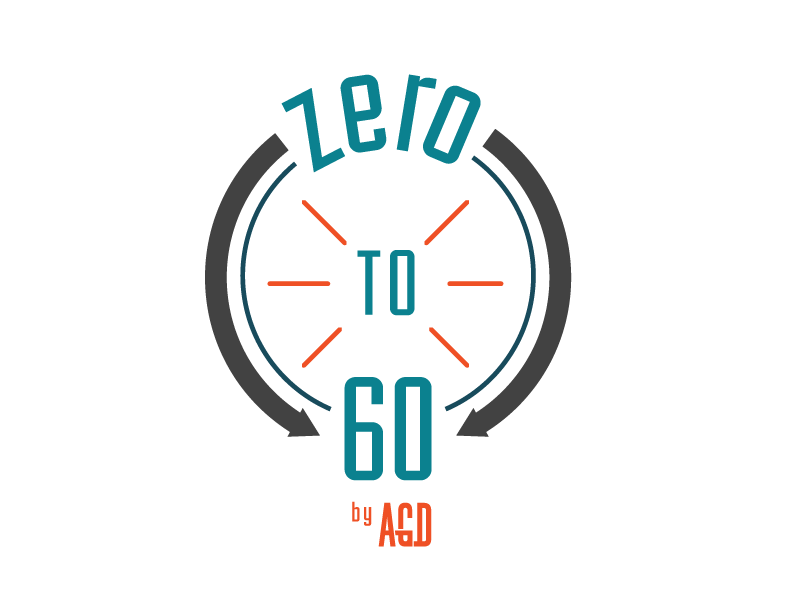It truly is a special thing to be able to say, “I was there when they played the local bar down the street from my house” about your favorite band, however that doesn’t matter if that band never leaves the bar. With our goals set on growth, sometimes it’s hard to be okay with where we are, but growth comes in steps not leaps. No matter the size of the venue or crowds you are performing to, you should always be trying to increase your influence with bigger players in your scene or market. It’s always better to earn an opportunity rather than beg for it and to undersell and over deliver whenever possible. Let’s dig in on how to grow your team and increase your partnership viability so you can step your way into the stadium gigs sooner rather than never.
Team Building in Multiple Markets & Brand Partnerships
Team Building in Multiple Markets:
Booking a venue with a local talent buyer is easy enough. Proper research and lead time will allow artists to effectively book this way. But if you want to grow, you need a team taking on responsibilities for the event so your artist team doesn’t have to. This means having a working relationship with a promoter, talent buyer, street team leader, publicist, and media/creative partner in each market you are targeting.
“Working Relationship” is the key here. In order to create a working relationship, you need to have intimate knowledge of their work, their interests, their goals and objectives. Again, this starts with research, but it extends to conversation just like any other relationship. Starting conversations that don’t end with a booking request can often be really refreshing for folks who work in this field. This needs to be in a low impact format, like a comment on socials, and then perhaps a DM. If they don’t operate a social channel, perhaps reach out for a quick call to learn more about their work and what they have coming in the next year.
But conversation isn’t enough to develop a working relationship. They have to love the music and your performance, which means they have to see it live. You have to create this opportunity for them in some way or another, maybe it’s a live stream, maybe it’s a showcase or maybe it’s a video (although many are suspicious of pre-recorded videos as they are so easily doctored.) Knowing how you’re going to create this opportunity is clutch before you ask to work together.
Brand Partnerships:
All brands, be it fashion, alcohol, sports, or beauty products, spend thousands of dollars on name recognition and brand trust. You should lean on this for establishing that same trust for your event. Many brands lack the boots-on-the-ground to activate with their customers in real life, so participating in an event is a great way to do that. There is very little formula for creating a strong brand partnership. It starts with conversation like anything else, and revolves around shared objectives. In order to have these conversations, you need to think realistically about how you can have an impact for the brand and go into the conversation ready to present a win-win scenario. If it’s not a win-win from the beginning, the conversation will go cold from the pitch and most likely never warm up again.
If you’ve made it this far in the blog, I bet you can guess what the first step is for brand partnerships. That’s right, RESEARCH. A close second is forming an identity for your own brand. The only way to form a win-win partnership is for goals and objectives to align, and you can’t align your objectives if you’re unsure what they are. A big part of this is knowing who your demographic is and what reach you already have within it. Additionally, knowing your message for that demographic, why are they going to participate, and lastly showing that you have a visual brand that will engage quickly and doesn’t conflict with the partner’s own demographic, reach, message or visual brand. These will be collected into a brand pitch deck.
The deck will also outline what it looks like for a brand to engage in the partnership. Sometimes you’ll put a financial commitment into the deck, but you might start by leaving it as an outline without hard numbers and leave that part to a conversation after both parties have agreed a partnership would be productive. When you first reach out about doing a brand partnership, the rep will most likely respond with a one sentence answer: “Sound cool, send me your deck, and I’ll take a look.” Nothing moves past this point if the deck isn’t engaging or exciting in some way. So get creative! Try to provide as much data as possible. Lean on data from your partners as well. This includes the operations team we spoke about earlier.
Once you’ve secured a partnership, go above and beyond to make sure you impact their brand in a way they’ll never forget. Make sure this impact is visible across everything you do. This is for two reasons: one, you want them to engage in the partnership every time you ask, and secondly this visibility will increase the value of the partnership for new partners down the road. Eventually this can become a way to fund the majority of your tour and should be a priority in your live performance strategy.
Hustlers Still Need Help
Booking tours and shows is hard work that takes a lot of hustle. Sometimes the hustlers put their head down and forget to look up at what’s going on around them. But trust me, you can’t grow to the levels you desire all on your own. It’s gonna take help. So do your best to try and hustle long enough to build some relationships, and then learn to lean on your team and your partnerships for the growth you desire.


